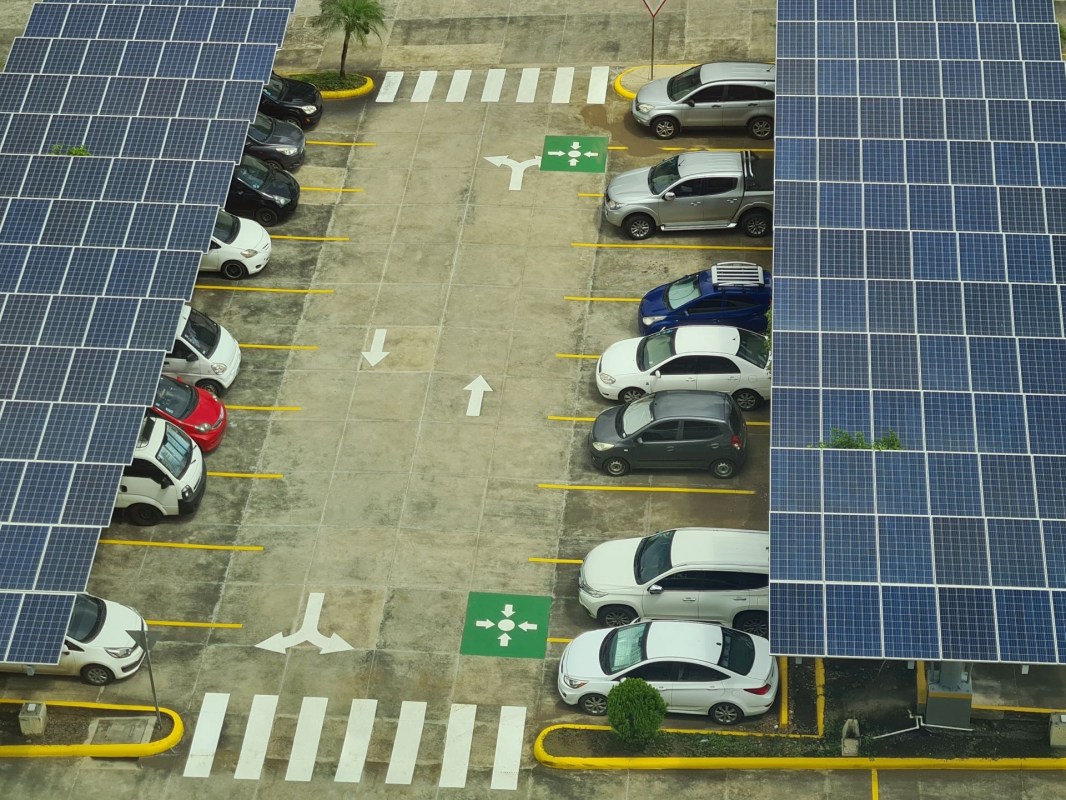Solar power could become the energy source that we rely on most in the future as we move away from dirty energy sources, which are devastating the environment and leading to the overheating of our planet.
However, there is one notable issue with solar power — not with the energy source itself (the sun, which we are definitely not going to use up) but with the placement of solar power–generating fields.
Where are solar farms built?
According to a recent article by environmental journalist Richard Conniff published by the Yale School of the Environment, most solar fields are currently built in open space rather than in already developed areas. That means that solar arrays mostly occupy croplands, arid lands, and grasslands instead of rooftops of existing structures.
"The argument for doing it this way can seem compelling," writes Conniff. "It is cheaper to build on undeveloped land than on rooftops or in parking lots […] It's also easier to manage a few big solar farms in an open landscape than a thousand small ones scattered across urban areas."
However, the consequence is that undeveloped land, already in very short supply, is diminishing even more rapidly. And, if we were to turn fully to solar power using undeveloped land, 0.5% of the total land area in the United States would be taken up by solar panels — a massive amount of square mileage that would be ruined for any other purpose, with local wildlife driven out.
Where should solar panels be built instead?
Instead of building solar farms on undeveloped land, Conniff argues that we should be building them on top of or over existing structures, such as parking lots.
"The appeal of parking lots and rooftops," he writes, "is that they are abundant, close to customers, largely untapped for solar power generation, and on land that's already been stripped of much of its biological value."
Building a canopy with a solar array over a parking lot, he goes on to say, would not only generate clean energy for the surrounding area, but would also provide shade for the cars and people underneath.
What is stopping this from happening?
It is more expensive to build on developed land than undeveloped land, although the energy production would turn that loss into a gain in a relatively short amount of time.
More insidiously, however, lobbying from the oil industry has been very effective thus far at limiting where solar panels can be built. Conniff writes, "Utility and fossil fuel interests have repeatedly undermined government policies that would encourage rooftop and parking lot solar."
So, while putting solar panels where they make the most sense and do the least environmental harm may seem like a no-brainer, we need politicians to stand up to the oil industry — and create more incentives for the continued development of solar energy — to make that happen.
Join our free newsletter for weekly updates on the coolest innovations improving our lives and saving our planet.









